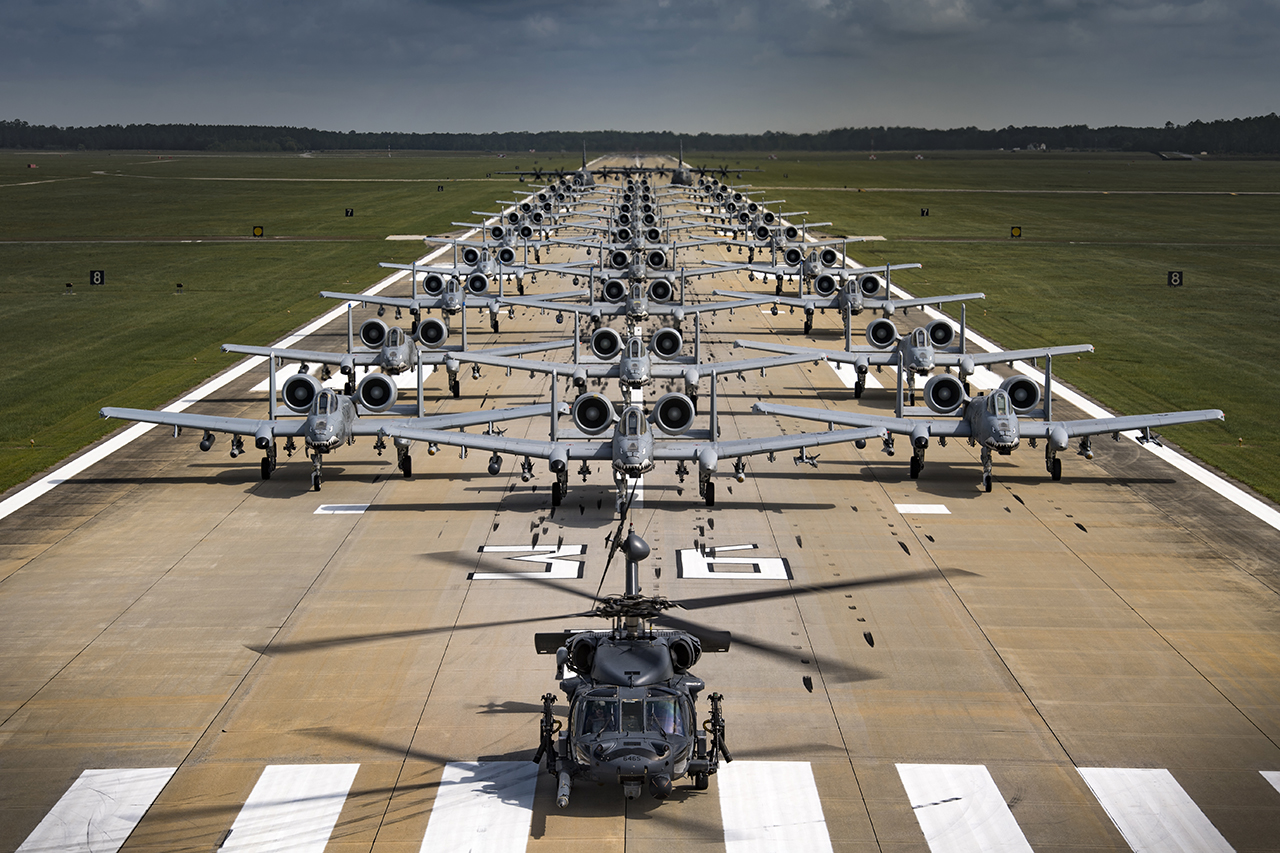A bit doubters ...in Breaking Defense... + 18 billions, 3,3 % remains interesting, + 0.7 billions 33 % for B-21 !
The term proposal is much more adapted with Congress which decide and in general modifiy
With a clear PDF for USN i try have for others services,
Planned 1 LCS no surprise the 26 first ordered a bit disapointing... better save money for a true FFG.
For 4.6 billions u have only the front part of the Ford LOL
Navy, Marine Corps 2018 $171.2 B + 4 %
2017 - 2018
Personnel :
USN 324000 , 327000
USMC 185000, 185000
CVN 21 : - 1
SSN 774 : 2, 2
DDG 51 : 2, 2
LCS: 3, 1
LHA(R) : ,1 -
LPD 17: 1, -
T-ATS : -, 1
T-AO 205 : -, 1
Ship to Shore Connector 2, 3
F-35C 8, 4
F-35B 18, 20
F/A-18E/F 14, 14
E-2D 6, 5
P-8A 11, 7
KC-130J 2, 2
CH-53K 2, 4
MV-22B/CMV-22B 19, 6
AH-1Z 26, 22
MQ-4C Triton 3, 3
MQ-8C Firescout 5, -
Also + 14 Super Hornet etc...
The term proposal is much more adapted with Congress which decide and in general modifiy
With a clear PDF for USN i try have for others services,
Planned 1 LCS no surprise the 26 first ordered a bit disapointing... better save money for a true FFG.
For 4.6 billions u have only the front part of the Ford LOL
Navy, Marine Corps 2018 $171.2 B + 4 %
2017 - 2018
Personnel :
USN 324000 , 327000
USMC 185000, 185000
CVN 21 : - 1
SSN 774 : 2, 2
DDG 51 : 2, 2
LCS: 3, 1
LHA(R) : ,1 -
LPD 17: 1, -
T-ATS : -, 1
T-AO 205 : -, 1
Ship to Shore Connector 2, 3
F-35C 8, 4
F-35B 18, 20
F/A-18E/F 14, 14
E-2D 6, 5
P-8A 11, 7
KC-130J 2, 2
CH-53K 2, 4
MV-22B/CMV-22B 19, 6
AH-1Z 26, 22
MQ-4C Triton 3, 3
MQ-8C Firescout 5, -
Also + 14 Super Hornet etc...
DoD Releases Fiscal Year 2018 Budget Proposal
Today President Donald J. Trump sent Congress a proposed budget request of $639.1 billion, $574.5 billion in the base budget and $64.6 billion in the Overseas Contingency Operations (OCO) budget. This budget request is $52 billion above the defense budget cap in the Budget and Control Act (BCA) of 2011.
F-35 Joint Strike Fighter, 70 aircraft; $10.3 billion
KC-46 Tanker, 15 aircraft; $3.1 billion
B-21 Bomber, $2.0 billion
Virginia Class Submarine, 2 ships; $5.5 billion
DDG-51 Destroyers, 2 ships, $4.0 billion
CVN-78 Class Aircraft Carrier, 1 ship, $4.6 billion
Joint Light Tactical Vehicle, 2,647 vehicles; $1.1 billion
Last edited:






